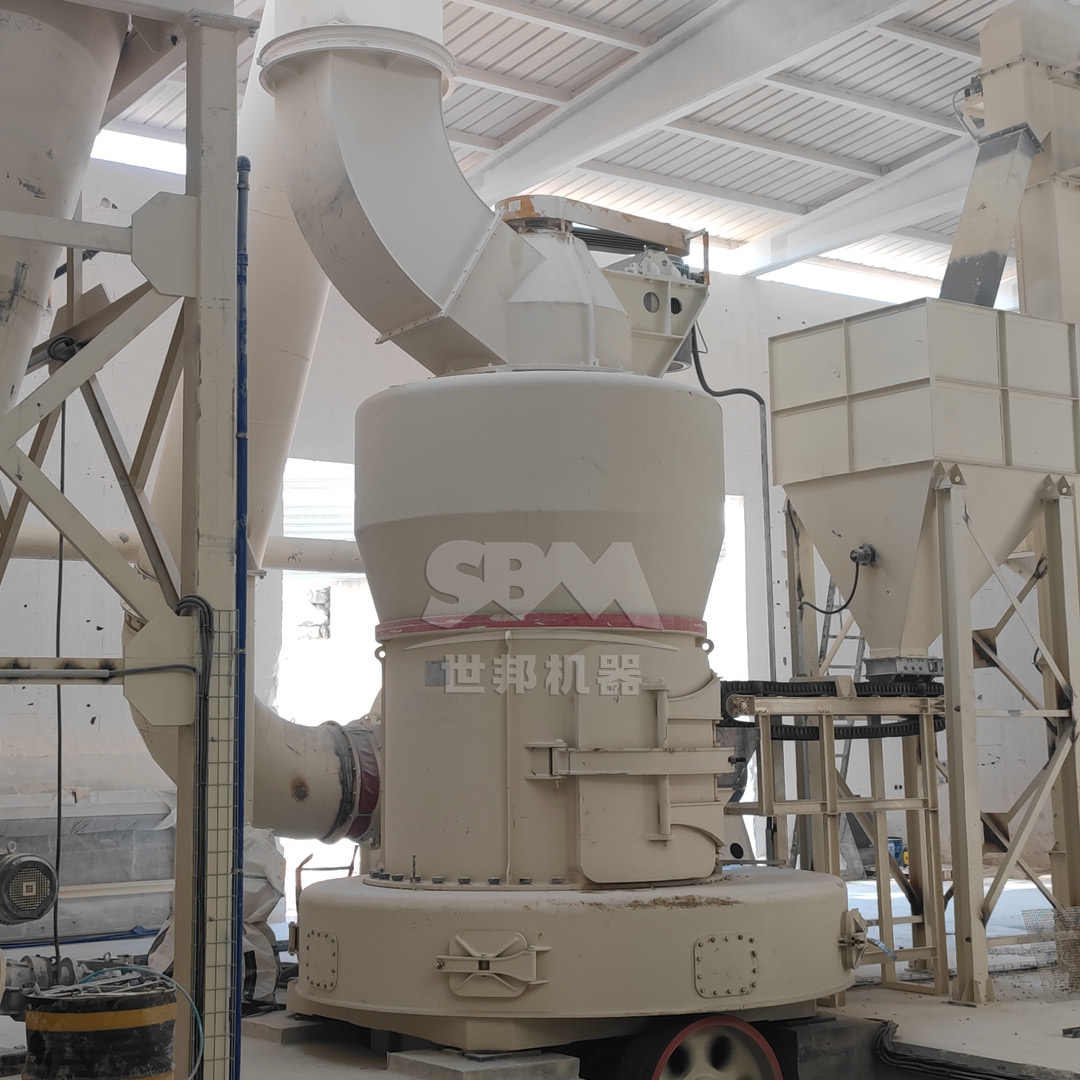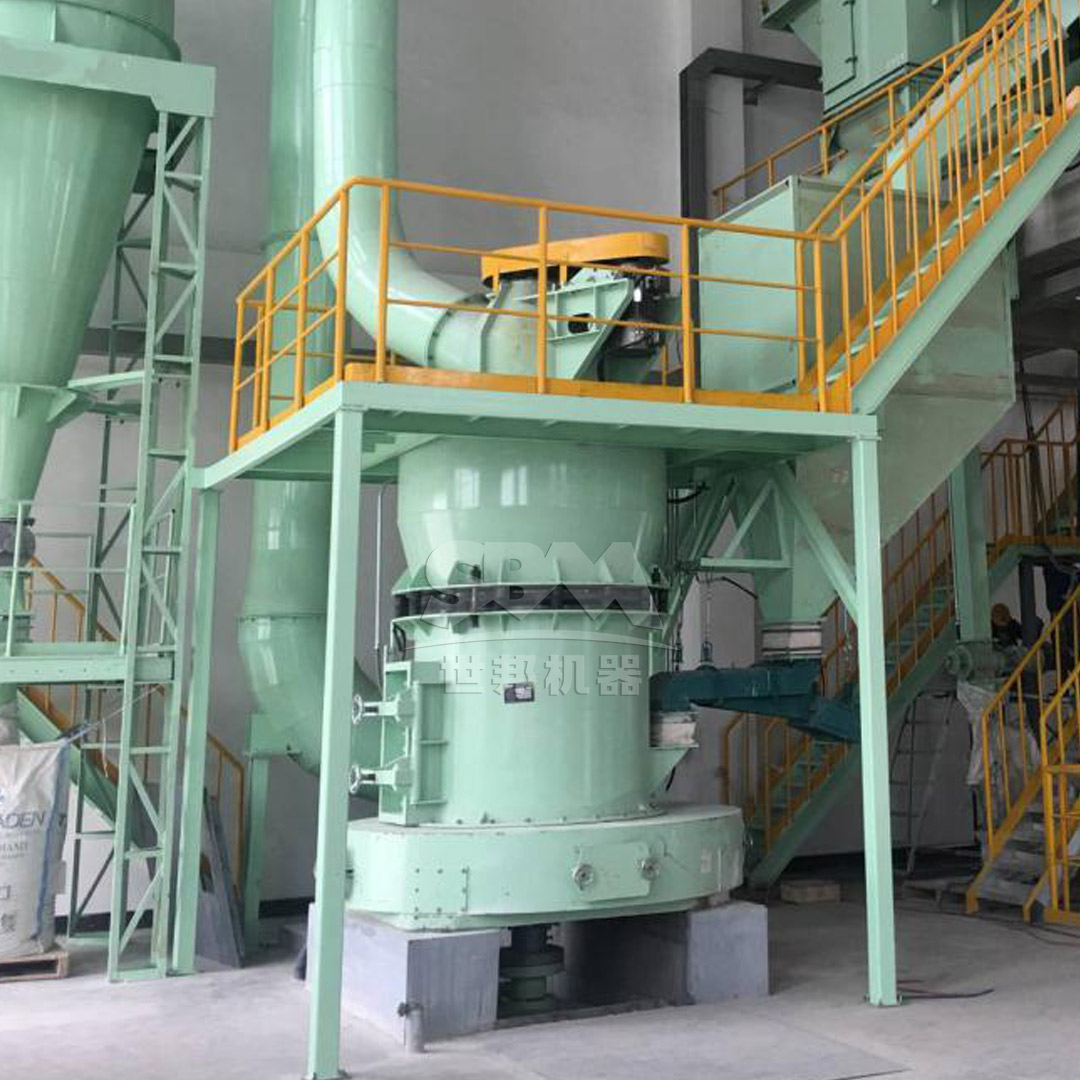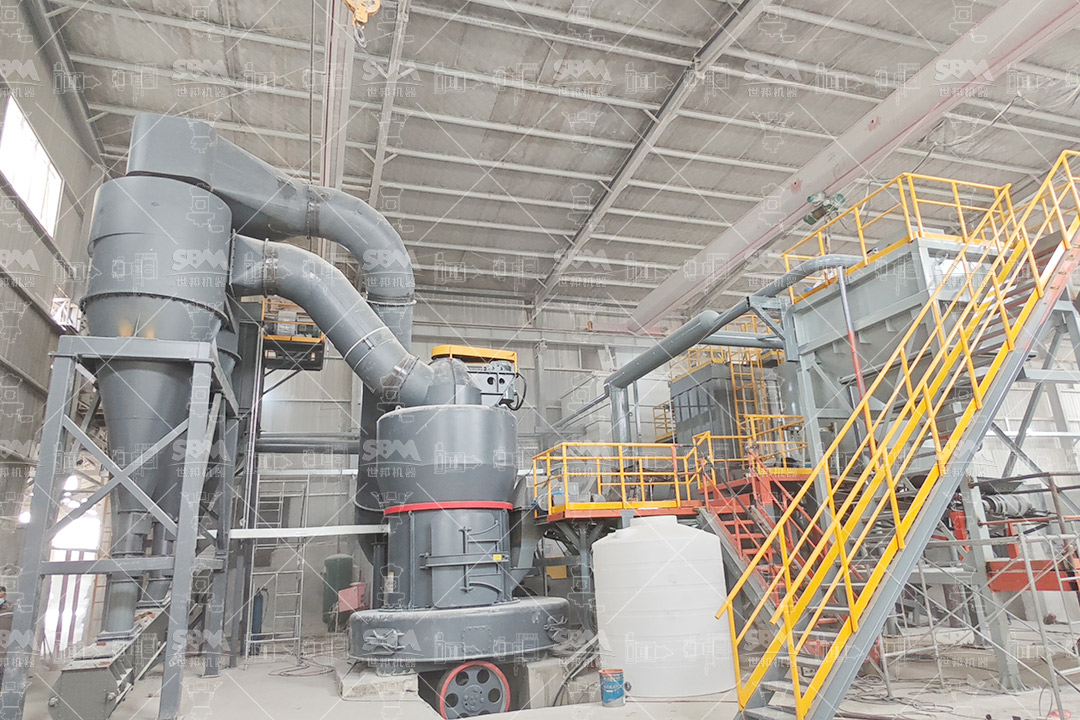In the mineral processing and powder production industries, grinding mill efficiency is a critical factor that directly impacts operational costs, product quality, and overall profitability. Among the numerous variables affecting mill performance, feed particle size stands out as one of the most significant and controllable parameters. This comprehensive analysis explores the intricate relationship between feed particle size and grinding mill efficiency, examining the underlying mechanisms, practical implications, and optimization strategies that can significantly enhance production outcomes.
The importance of proper feed sizing cannot be overstated. When material enters a grinding mill at optimal particle dimensions, the entire comminution process becomes more efficient, energy consumption decreases, and product quality improves. Conversely, improper feed sizing can lead to excessive wear, reduced throughput, and inconsistent product specifications. Understanding these dynamics is essential for operators seeking to maximize their grinding circuit performance.
Grinding efficiency is fundamentally governed by the energy required to reduce particle size. The relationship between energy input and particle size reduction follows established principles, most notably the Rittinger, Kick, and Bond theories. Rittinger’s theory suggests that the energy required for size reduction is proportional to the new surface area created, making it particularly relevant for fine grinding applications. Kick’s theory assumes that the energy required is proportional to the size reduction ratio, while Bond’s work index provides a practical method for calculating the energy needed to reduce material from a theoretical infinite size to 80% passing 100 micrometers.
When feed particles are too large, the initial breaking stages consume disproportionate amounts of energy. Each grinding mechanism—whether impact, compression, attrition, or shear—has an optimal particle size range where it operates most efficiently. Outside this range, energy utilization drops significantly, and wear rates increase exponentially.
Every grinding mill design has critical particle size thresholds that define its operational sweet spot. These thresholds depend on multiple factors including mill type, grinding media size and type, rotational speed, and material characteristics. For most grinding applications, there exists an optimal feed size where the energy consumption per ton of product is minimized while maintaining the desired product quality.
Research has demonstrated that when feed size exceeds approximately 5-10% of the mill diameter for ball mills, or specific size limits for other mill types, efficiency drops dramatically. This is because oversized particles require repeated impacts or compressions before they fracture to the desired size, consuming additional energy and increasing media wear.
| Mill Type | Optimal Feed Size Range | Critical Oversize Limit | Efficiency Impact of Oversize |
|---|---|---|---|
| Ball Mill | ≤25mm | >30mm | 15-25% reduction |
| Vertical Roller Mill | ≤50mm | >60mm | 20-30% reduction |
| Ultrafine Mill | ≤20mm | >25mm | 25-35% reduction |
| Trapezium Mill | ≤35mm | >45mm | 18-28% reduction |
Ball mills demonstrate particular sensitivity to feed particle size distribution. The optimal feed size for a ball mill typically ranges from 80% passing 10-25mm, depending on mill diameter and operating conditions. When feed contains excessive coarse material, the grinding media must work harder to achieve size reduction, leading to increased energy consumption and media wear. The grinding efficiency in ball mills follows a predictable pattern where efficiency decreases as the feed size increases beyond the optimal range.
Research indicates that reducing feed size from 25mm to 15mm can improve ball mill efficiency by 12-18%, while further reduction to 10mm provides additional gains of 8-12%. However, there’s a point of diminishing returns where the energy required for pre-crushing exceeds the gains in grinding efficiency.

Vertical roller mills, such as our LM Series Vertical Roller Mill, offer distinct advantages in handling specific feed size ranges. With a maximum input size of ≤50mm and the ability to produce fineness ranging from 30-325 mesh (with special models achieving 600 mesh), these mills demonstrate remarkable efficiency when properly fed. The integrated design combining crushing, grinding, and separation functions makes them particularly suitable for operations requiring consistent feed size management.
The LM Series achieves its highest efficiency—with energy consumption 30-40% lower than ball mill systems—when feed material is properly sized below the 50mm threshold. The non-contact design between grinding rollers and the mill table extends wear part life up to three times compared to conventional mills, but this advantage is only fully realized with appropriate feed sizing.
For ultrafine grinding applications, such as those handled by our SCM Series Ultrafine Mill, feed size control becomes even more critical. With an input size limitation of ≤20mm and the capability to produce powder ranging from 325-2500 mesh (D97≤5μm), these mills require carefully controlled feed conditions to achieve optimal performance.
The SCM Ultrafine Mill incorporates advanced features including vertical turbine classifiers for precise particle size cuts and intelligent control systems that automatically adjust for optimal product fineness. However, these sophisticated systems can only maintain their 30% energy reduction advantage over jet mills when feed material is consistently within the specified size range. The special material grinding rollers and mill ring achieve extended service life only when not subjected to oversize feed particles.
The relationship between feed particle size and energy consumption follows a predictable exponential curve. As feed size increases beyond optimal ranges, energy requirements rise disproportionately. For example, increasing feed size by 50% beyond the recommended maximum can increase energy consumption by 25-40%, depending on the mill type and material characteristics.
Our operational data from the MTW Series Trapezium Mill demonstrates this relationship clearly. With its curved air channel design reducing energy loss and cone gear transmission achieving 98% efficiency, the MTW series maintains its advantage only when feed size remains below 50mm. The combined blade design and curved surface engineering that extends roller life become less effective when processing oversize material, leading to increased maintenance costs and reduced operational efficiency.
Proper feed sizing directly impacts wear rates and maintenance requirements across all mill types. Oversize feed particles accelerate wear on critical components including grinding rollers, mill liners, classifiers, and conveying systems. The economic impact extends beyond replacement part costs to include downtime, labor, and lost production.
Our engineering analysis reveals that maintaining feed size within recommended specifications can reduce wear-related maintenance costs by 30-50% and extend component life by 40-70%. For example, the special material rollers in our SCM Ultrafine Mill demonstrate 3-4 times longer service life when processing properly sized feed material compared to operations regularly exceeding size specifications.

Implementing appropriate pre-crushing and screening represents the most effective strategy for optimizing feed particle size. Crushers and screens should be selected based on the specific characteristics of the feed material and the requirements of the grinding circuit. Modern screening technology can effectively remove oversize particles while ensuring consistent feed to the grinding mill.
For operations utilizing our LM Series Vertical Roller Mills, we recommend implementing secondary crushing circuits to ensure feed material remains below the 50mm threshold. The integrated design of these mills, which reduces footprint by 50% and civil engineering costs by 40%, achieves maximum benefit only with properly prepared feed material.
Advanced monitoring and control systems provide real-time feedback on feed particle size distribution, allowing operators to make immediate adjustments to crusher settings or screening operations. Modern particle size analyzers and vision systems can detect deviations from optimal size ranges before they impact grinding efficiency.
Our intelligent control systems, featured in both the SCM Ultrafine Mill and LM Series Vertical Roller Mills, incorporate expert-level automation that supports remote/local switching and real-time monitoring of operational parameters. These systems can automatically adjust mill operation to compensate for minor variations in feed size, but they work most effectively when feed remains within design parameters.
Selecting the appropriate grinding mill for specific feed size characteristics is fundamental to achieving optimal efficiency. Different mill types exhibit varying sensitivity to feed particle size, and understanding these differences informs better equipment selection decisions.
For operations requiring fine to ultrafine grinding with feed sizes up to 20mm, our SCM Ultrafine Mill offers exceptional efficiency with capacity reaching 25 tons per hour and energy consumption 30% lower than conventional jet mills. For larger feed sizes up to 50mm requiring coarser grinding, the MTW Series Trapezium Mill provides robust performance with capacities reaching 45 tons per hour and innovative features including wear-resistant shovel design and curved air channel optimization.
| Application Requirement | Recommended Mill Type | Optimal Feed Size | Expected Efficiency Gain |
|---|---|---|---|
| Ultrafine Grinding (5-45μm) | SCM Ultrafine Mill | ≤20mm | 30% vs. Jet Mills |
| Medium-Fine Grinding (45-600μm) | LM Vertical Roller Mill | ≤50mm | 30-40% vs. Ball Mills |
| High Capacity Coarse Grinding | MTW Trapezium Mill | ≤50mm | 25-35% vs. Conventional Mills |
Operational data from SCM Ultrafine Mill installations demonstrates the tangible benefits of proper feed size management. In one specific application processing calcium carbonate, maintaining feed size below 15mm (versus the maximum 20mm specification) resulted in a 12% reduction in specific energy consumption, a 18% increase in throughput, and a 25% extension in wear part life. The vertical turbine classification system maintained precise particle size distribution with no coarse powder contamination throughout the extended operational period.
The intelligent control system automatically adjusted for optimal product fineness, with the pulse dust collection system maintaining efficiency exceeding international standards. Noise levels remained below 75dB, contributing to improved working conditions. These performance advantages were only achievable with consistent, properly sized feed material.
In a large-scale cement grinding application utilizing the LM190K Vertical Roller Mill, implementing improved feed size control through enhanced pre-crushing and screening increased overall system efficiency by 22%. The mill’s integrated crushing/grinding/separation functionality achieved maximum benefit when feed material was consistently below 45mm, with the non-contact grinding roller design demonstrating wear part life 2.8 times longer than projected.
The expert automatic control system reduced manual intervention by 65% while maintaining product quality within tighter specifications. Full sealed negative pressure operation maintained dust emissions below 20mg/m³, exceeding environmental compliance requirements. The compact design reduced installation footprint by 50% compared to conventional grinding systems, with civil engineering costs reduced by 40%.

Feed particle size represents one of the most significant controllable variables affecting grinding mill efficiency and output. Proper management of feed size distribution directly impacts energy consumption, wear rates, maintenance requirements, product quality, and overall operational economics. The relationship between feed size and grinding efficiency follows predictable patterns across different mill types, with each mill design exhibiting specific optimal feed size ranges.
Implementing comprehensive feed size management strategies—including appropriate pre-crushing, screening, monitoring, and control systems—can yield substantial improvements in grinding circuit performance. Equipment selection should carefully consider feed size characteristics alongside production requirements and product specifications.
Our grinding mill solutions, including the SCM Series Ultrafine Mill for fine grinding applications and the LM Series Vertical Roller Mill for medium-fine grinding, incorporate advanced technologies that maximize efficiency when operated within specified feed size parameters. By understanding and optimizing the relationship between feed particle size and grinding performance, operators can achieve significant improvements in productivity, cost efficiency, and product quality.